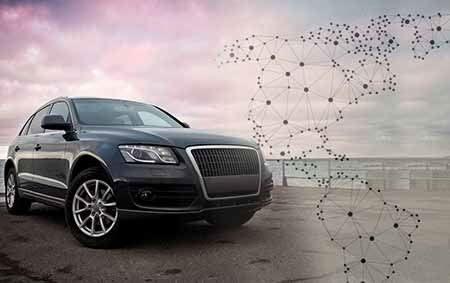When making a move to the United States (U.S.) from another country, you may decide to bring your vehicle with you rather than sell it and purchase a new one in the U.S. If this is what you have decided to do, there are some specific rules and regulations that must be adhered to before importing a car to the U.S.

EPA and USDOT rules
All vehicles (or even parts of a vehicle) must conform to strict regulations that are set forth by the Environmental Protection Agency (EPA) and the U.S. Department of Transportation (USDOT). Imported vehicles, regardless of the type, are subject to safety standards that are addressed under the Motor Vehicle Safety Act of 1966. This act was revised with the Imported Vehicle Safety Compliance Act of 1988. They are also subject to the standards of the Clean Air Act, which addresses air pollution standard controls. This act was passed in 1962 and amended twice, first in 1977 and again in 1990.
The requirements in these acts are very stringent if you want to import vehicles that were not originally manufactured for the U.S. market. This includes cars, trucks, ATVs, and motorcycles. You may want to consider if it would be more cost-effective to sell the vehicle and get a new one once you've arrived here. However, if you are attached to your vehicle and really want to import it, be sure to follow these guidelines.
Vehicles less than 25 years old
If a motor vehicle does not conform to standards and are less than 25 years old when entering the U.S., one of three things must happen:
- It must be brought into compliance
- It must be exported
- It must be destroyed
Vehicles more than 25 years old
Vehicles that are 25 years old or older (i.e., "classic or antique") are exempt from the EPA and DOT requirements. However, you still will have to complete specific paperwork from both agencies that you will give to Customs and Border Protection (CBP) to get your vehicle through U.S. customs.
Before CBP entry
You will have to jump through several hoops to get your car through U.S. customs. Here are some things you will need to do before filing your entry with the CBP:
- Make arrangements for car shipping. Be sure to have your mover notify you when the vehicle has arrived so you can make arrangements to process it through CBP. Note that CBP agents (by law) are not able to act as an agent or make entries for an import. You can, however, hire a commercial CBP broker to do this for you.
- Make sure you have valid proof of ownership (either the original certificate of title or a certified copy of the original.)
- Make sure you have the shipper's original bill of lading, foreign registration, and any other documentation relating to the vehicle.
- Make sure you have the manufacturer's letter/certificate stating that the vehicle conforms to EPA and DOT standards. Vehicle parts must also conform to U.S. standards depending on the part being imported (for example, the engine must meet EPA standards and the fender must meet DOT standards). However, if your vehicle has stickers on the engine (EPA) and inside the drivers-side door (DOT) stating the vehicle was manufactured to U.S. standards, you do not need this letter. Also, DOT and EPA websites list all vehicles by year/make/model that conform to standards. If your vehicle is listed there, you also do not need this letter.
- Download and fill the EPA form 3520-1 and form HS-7 from DOT.
At CBP entry
You will need to do the following at customs when importing a car to U.S.:
- You will need to file an entry form (Form 7501) for your vehicle at CBP.
- You will need to declare the vehicle or vehicle parts to a CBP officer upon entering the United States.
- Without Form 7501, you cannot register a vehicle in the U.S.
Other facts to know
- You will be required to pay a duty for your vehicle if it's been in your household for at least a year. This duty is not assessed on any vehicle that is U.S.-manufactured. Antique or classic vehicles are included under this rule. Duty rates can range from 2.5 percent for cars up to 25 percent for trucks. For more information, check out the CBP website and go to "Importing a motor vehicle".
- You must clean the undercarriage of your vehicle before arriving in the U.S. as a safeguard against accidentally importing dangerous pests.
- If your vehicle has been purchased from a dealer, they should handle registration. If they do not handle registration, you should have it documented that the purchase is contingent on your vehicle being successfully registered in the U.S.
- You can obtain a copy of the EPA manual called Overview of EPA Import Requirements for Vehicles and Engines as well as other facts and information about importing your vehicle by calling the EPA Import Hotline at (734) 214-4100. You can also email them at imports@epa.gov.
- If you are looking to import a vehicle to a country other than the United States, be sure to research that country's specific requirements for importing a vehicle.
Moving can be stressful enough. Make it easier on yourself by completing all necessary paperwork and following all requirements so that you don't find yourself arguing with a CBP officer or ending up without your vehicle.